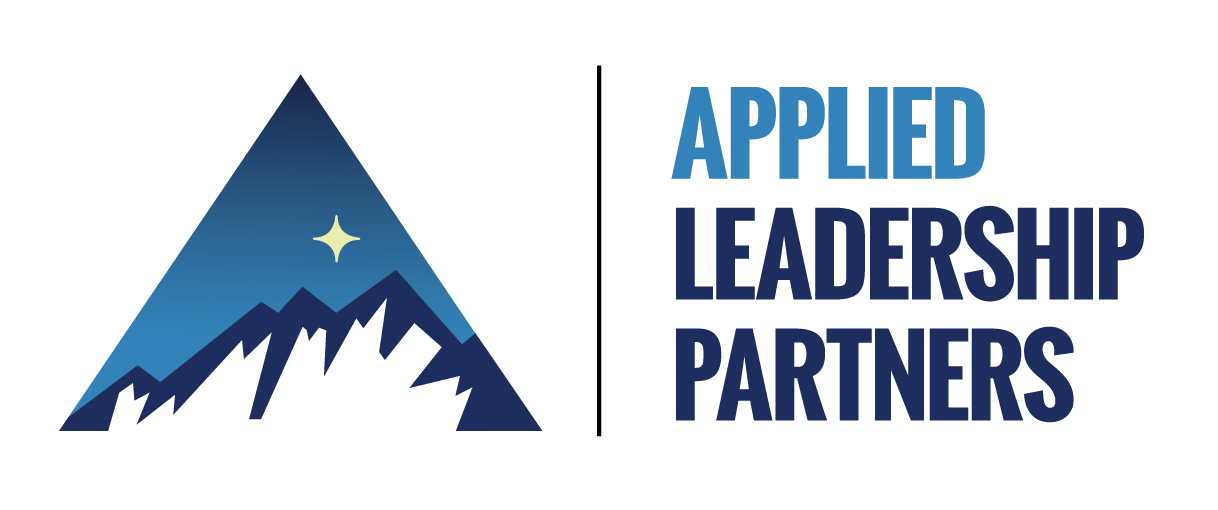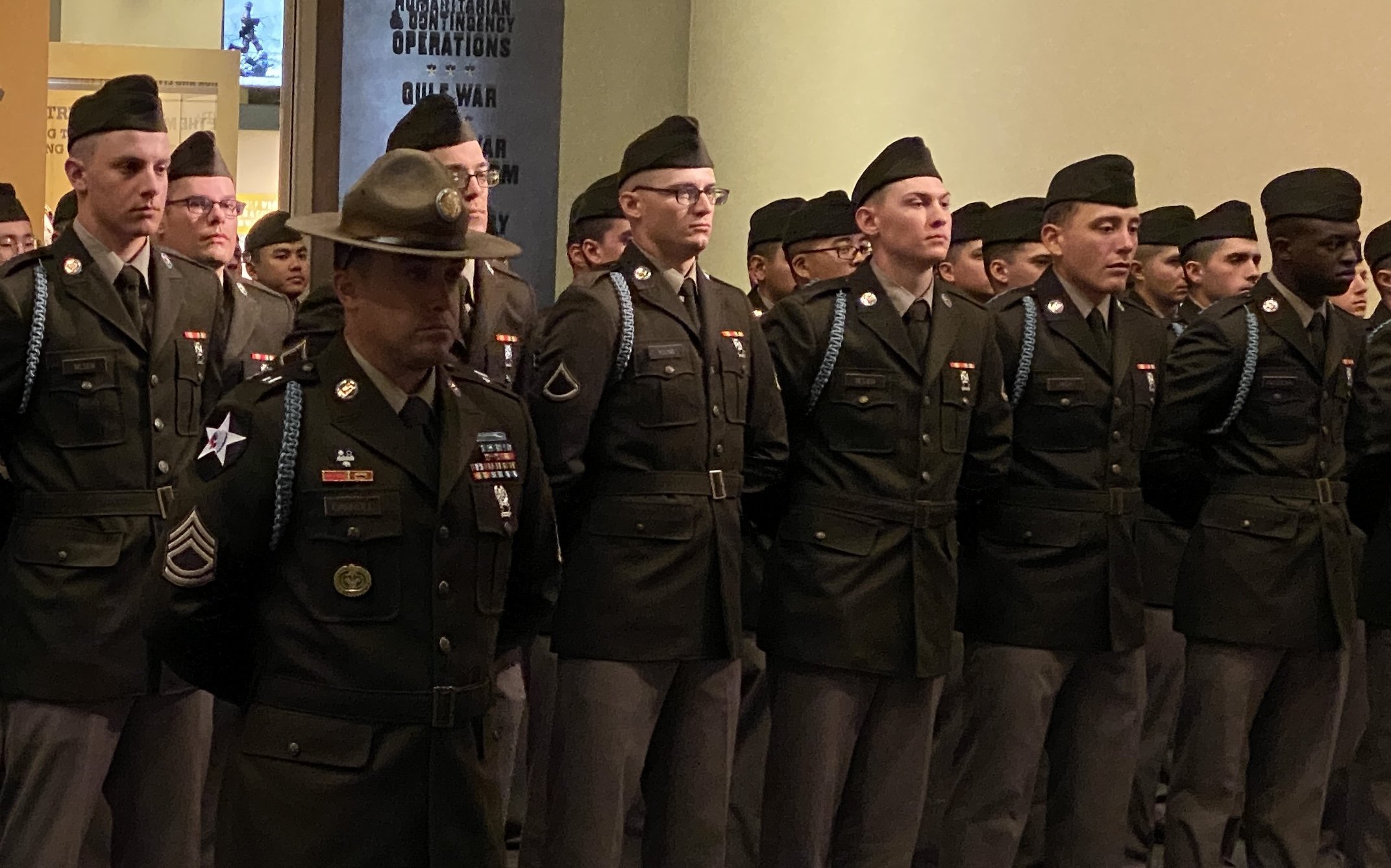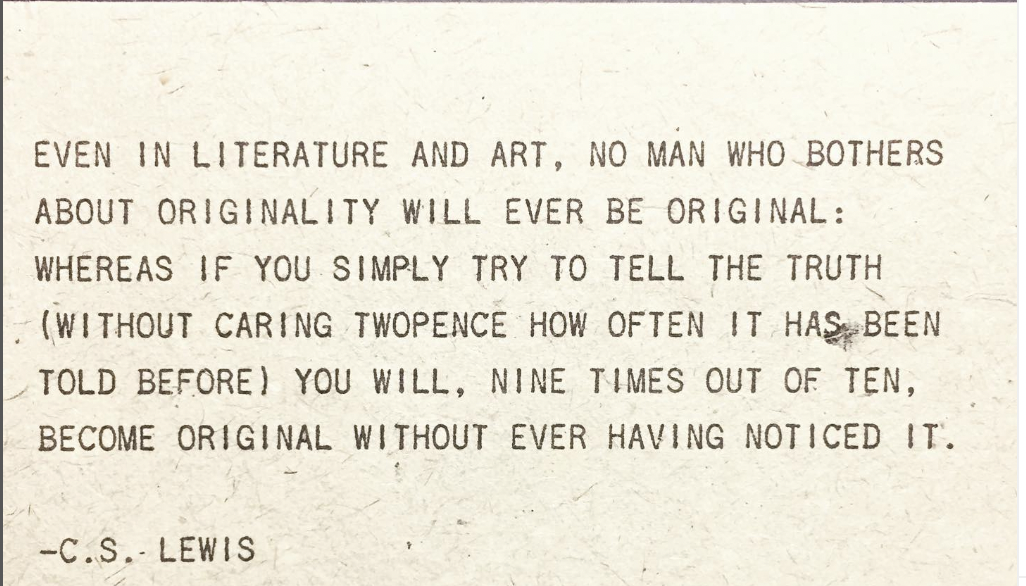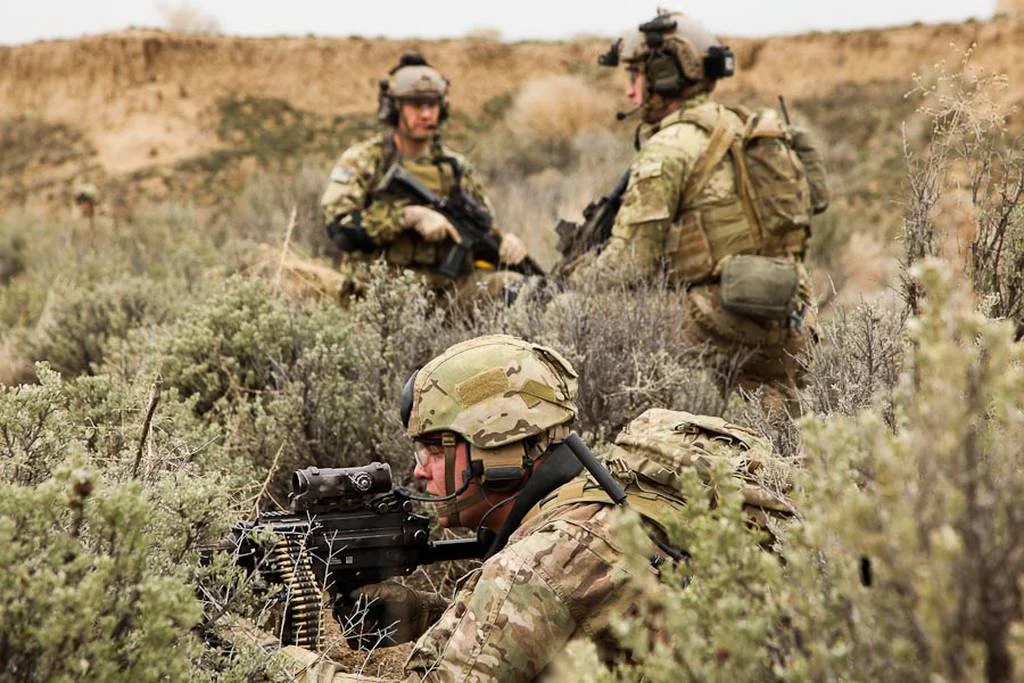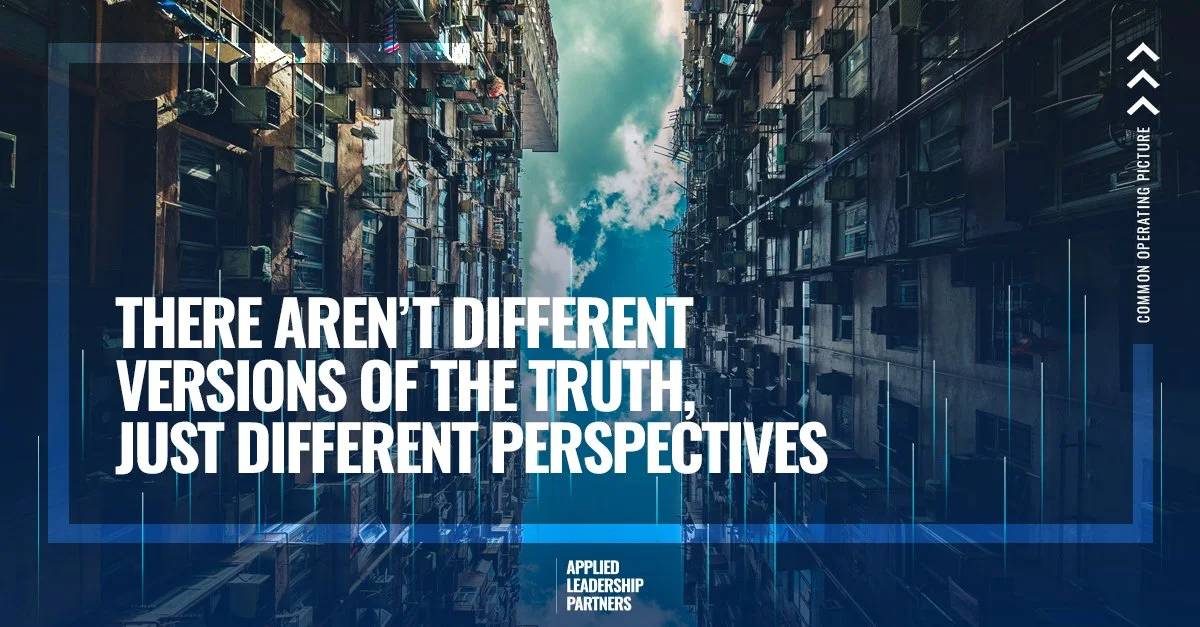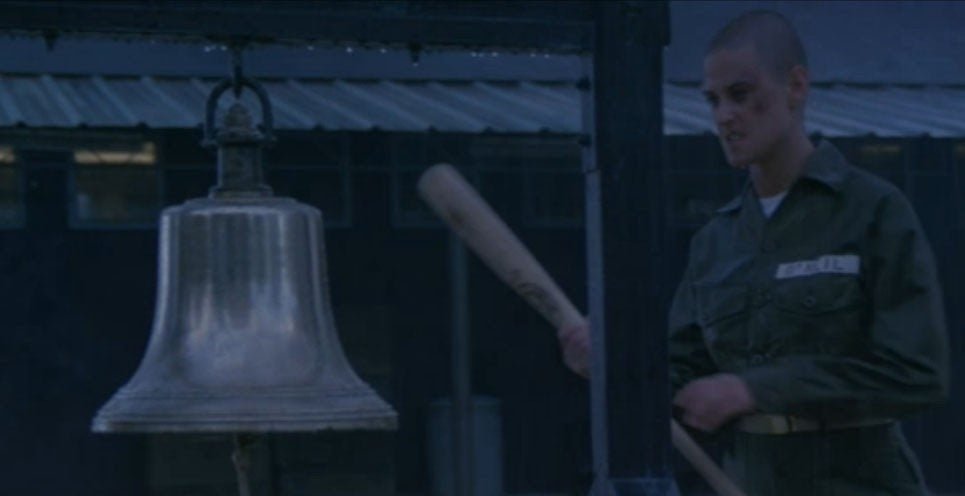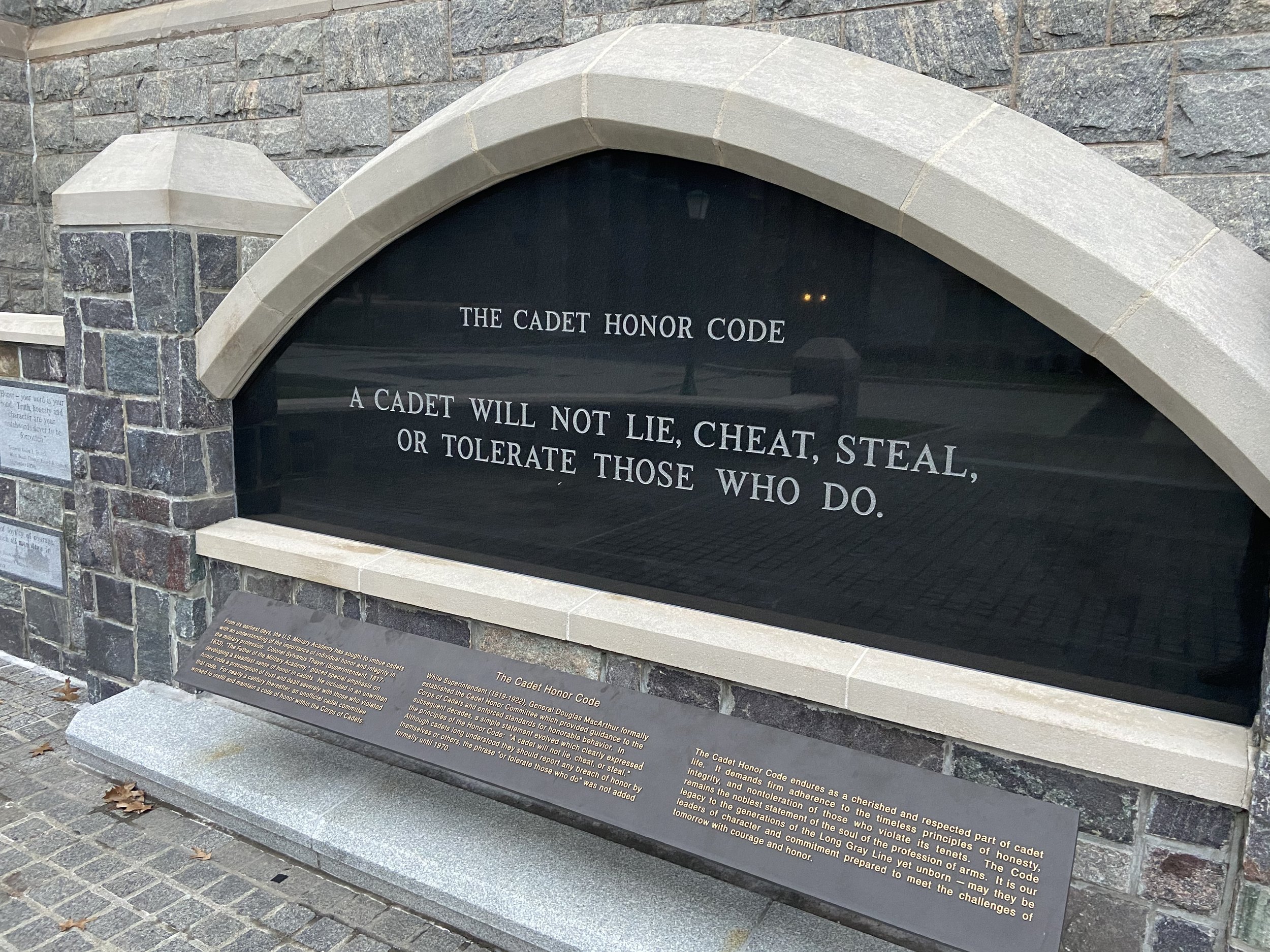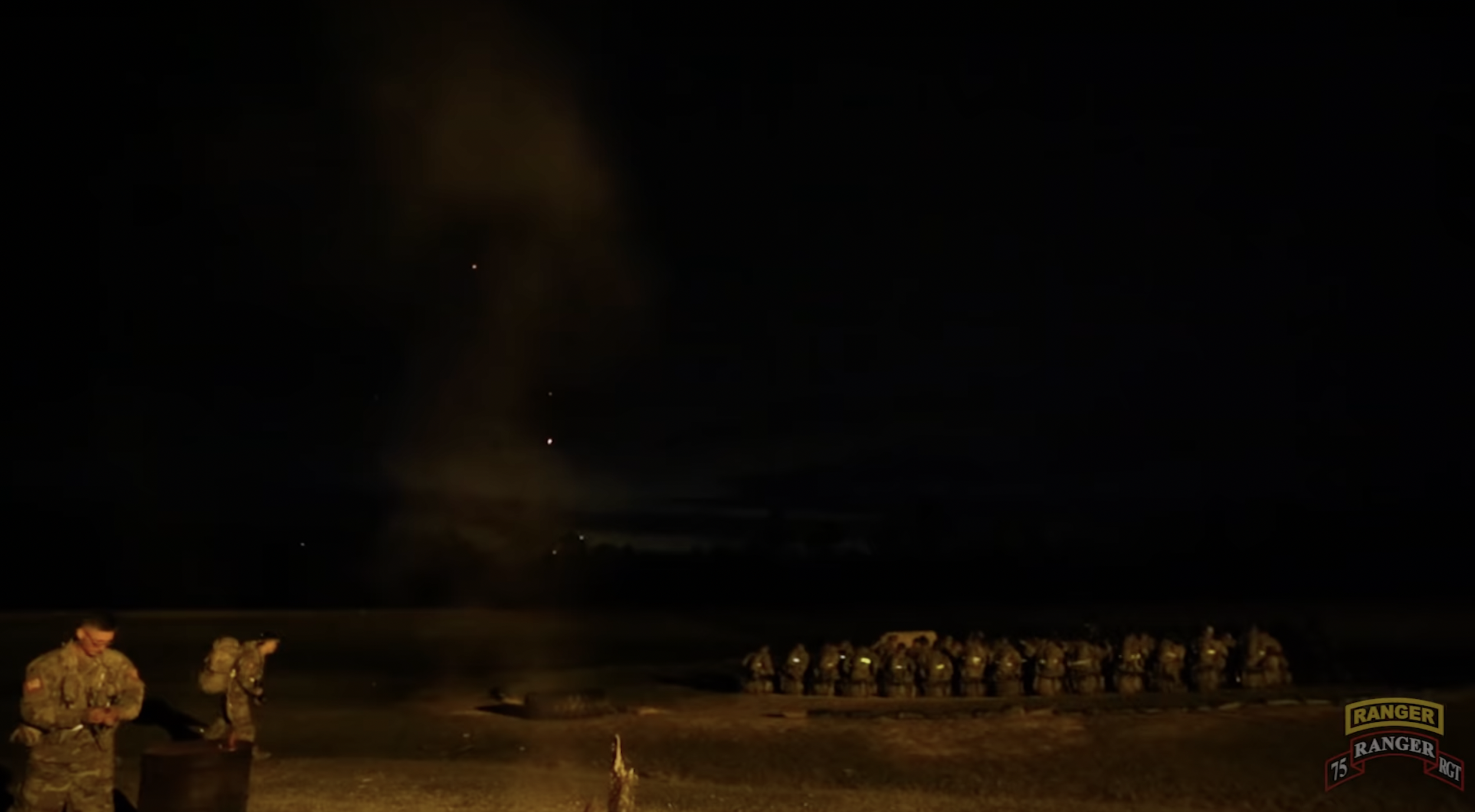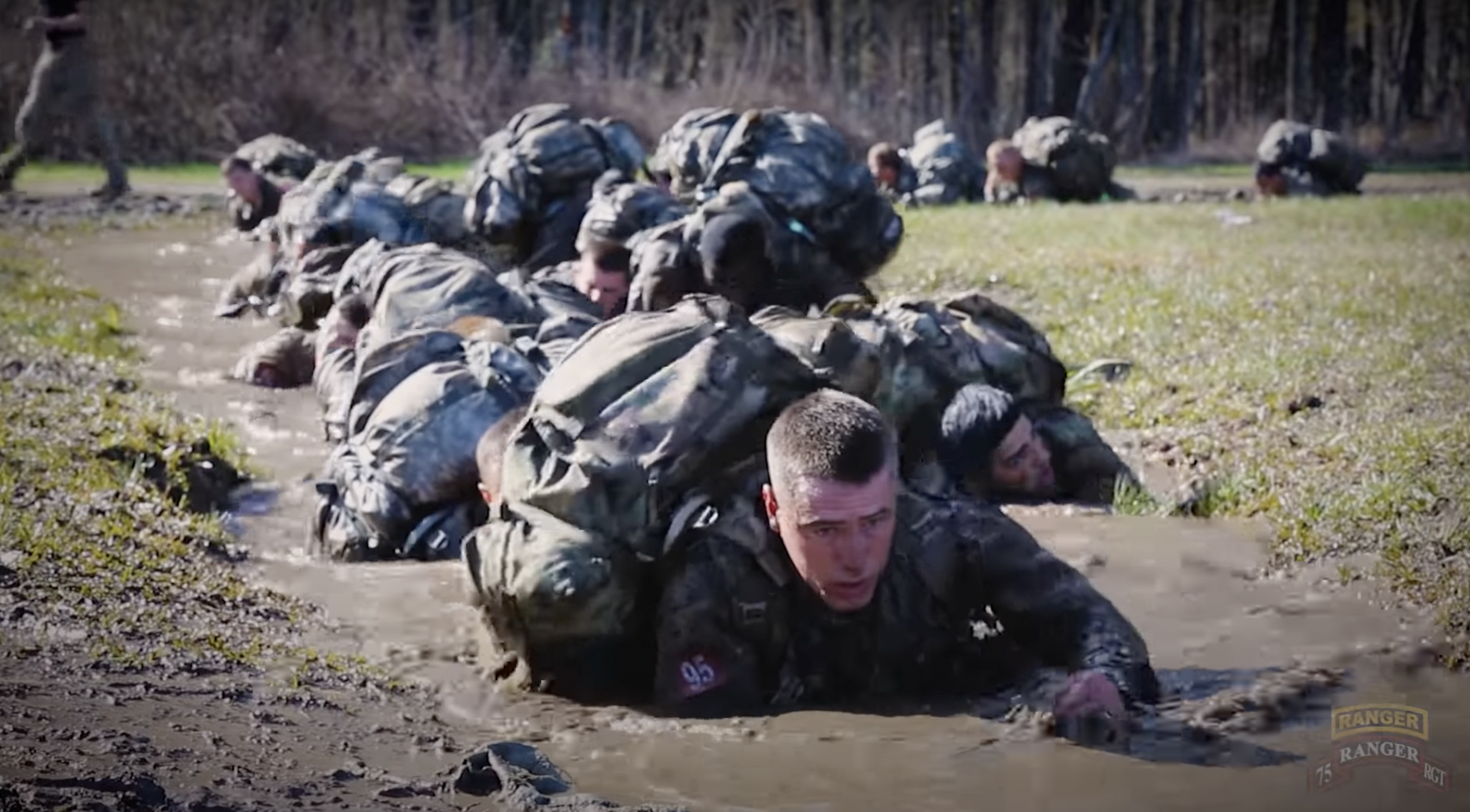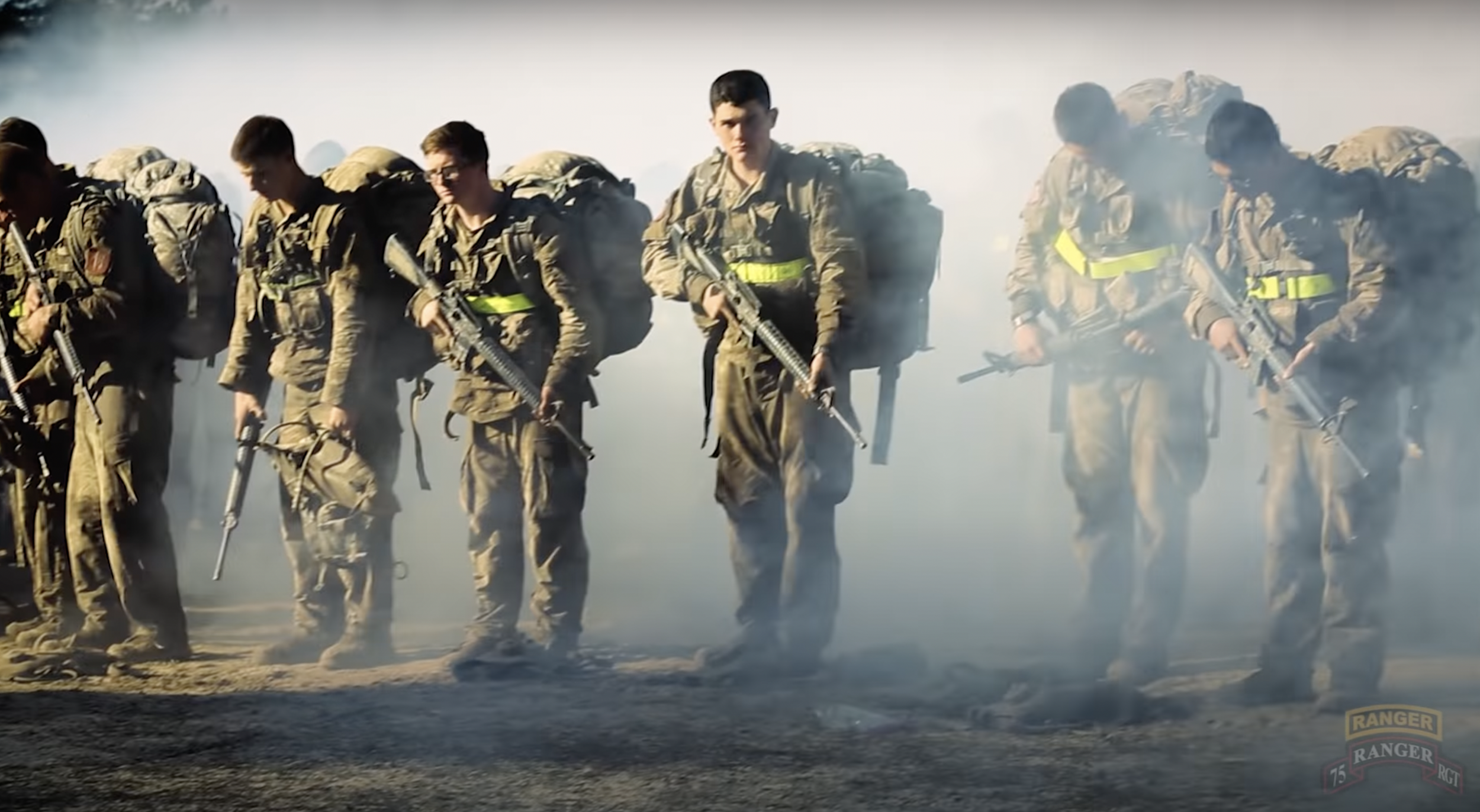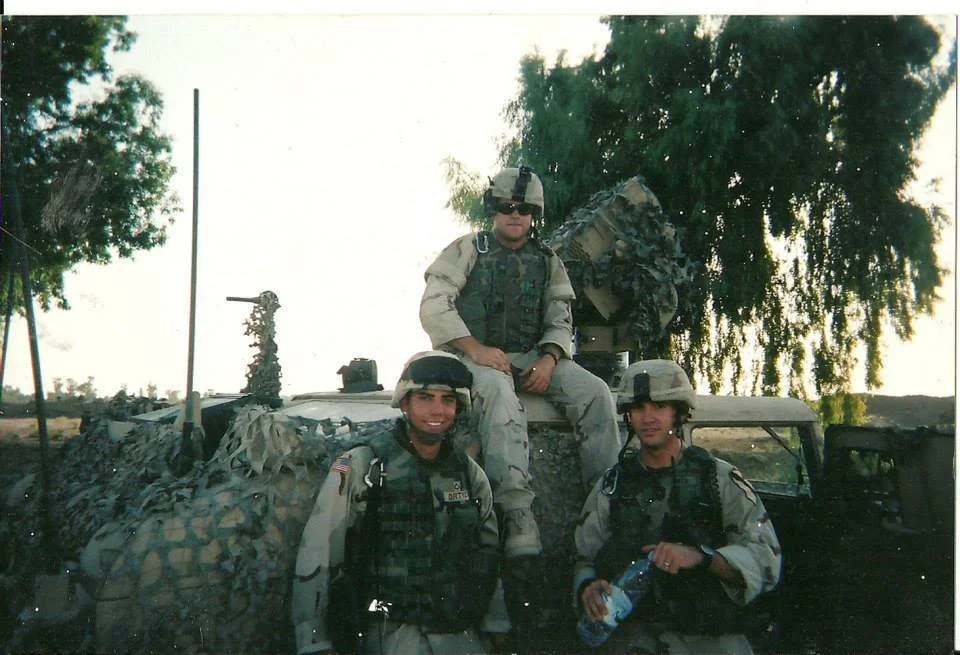Contrast is a powerful educator.
Contrast is a striking difference - abrupt and disorienting. Disorientation is essential for learning because–oftentimes–we must be moved off our mark to see things differently. Our mark is where we stand physically, emotionally, and mentally. Our mark can be a topic or a decision we feel certain about. And while some things in life require certainty, most do not.
I used to be certain that the French hate Americans. I remember around 9/11/01 the French opposed the GWOT and in response Americans poured out French wine in the streets in disgust. They hated us. And I hated them! And then I traveled to France in 2006 as a member of the US Army's contingent to honor D-Day. That week I learned that I was wrong about the French. A lesson that I embraced when the people of Normandy welcomed us into their homes, introduced us to their children, and fed us like family. That lesson was solidified when an old French man wept on my shoulder in anger and shame for his government's position on the GWOT.
“We are brothers,” he said. "France and America must always stand together. Always!”
The heartfelt expression was striking. It stood in stark contrast to the mark I had been standing upon. And it taught me a lesson: don’t stereotype - see for yourself.
2005 Café Gondrée - “Pegasus Bridge Cafe” in Bénouville, France - Photo Credit: Martin K.A. Morgan.
Contrast can be a powerful tool in leadership. Change the expected pattern and allow contrast to be the educator. Perhaps this is the pearl of wisdom at the center of the parable of the prodigal son. Articulated center mass of the account when Jesus stated, “...no one gave him anything. When he came to his senses…(Luke 15:16b-17a)”. I don't think it’s taking too much liberty to move a word around and restate the sentence: when no one gave him anything he came to his senses. This was strikingly different and changed that young man’s approach to living in careless debauchery. We’ve experienced this as a family launching young adults into the world. Though it hurts significantly, releasing a child into the world to experience the consequences of their own actions has proven to be a powerful use of contrast for learning.
Within our teams, we can thoughtfully use contrast. If we wish for initiative to increase, then we can empower our people and let them make decisions on their own. Whether the results are positive or negative, they will be theirs. Teammates will learn an increased sense of agency that will lead to further initiative when we as leaders don’t give them the “cheat code” and let them find out for themselves.
Or the underperforming teammate who is not responding to feedback. Change the pattern of how feedback is given and let contrast do its work. Because contrast has a way of making us pay attention. For example, the simple act of moving verbal performance feedback to documented performance feedback tends to do the trick.
Another way to program contrast into your leadership practice is to expose team members to different aspects of the organization. One of our partners had his entire sales team sit in with his operations team. Seeing the organization from another vantage point increased understanding, appreciation, and cohesion across the team. That is effective team building!
The common denominator in all of these examples is a personal, felt experience that is strikingly different than the expectation. Until we as people feel it ourselves, we are unlikely to move off of our marks, see something new, and be open to considering differences. The key is to explore ways to allow contrast to work while providing a culture that embraces learning through successes and failures. Because contrast can be a powerful educator, but only when the environment is built for learning.
